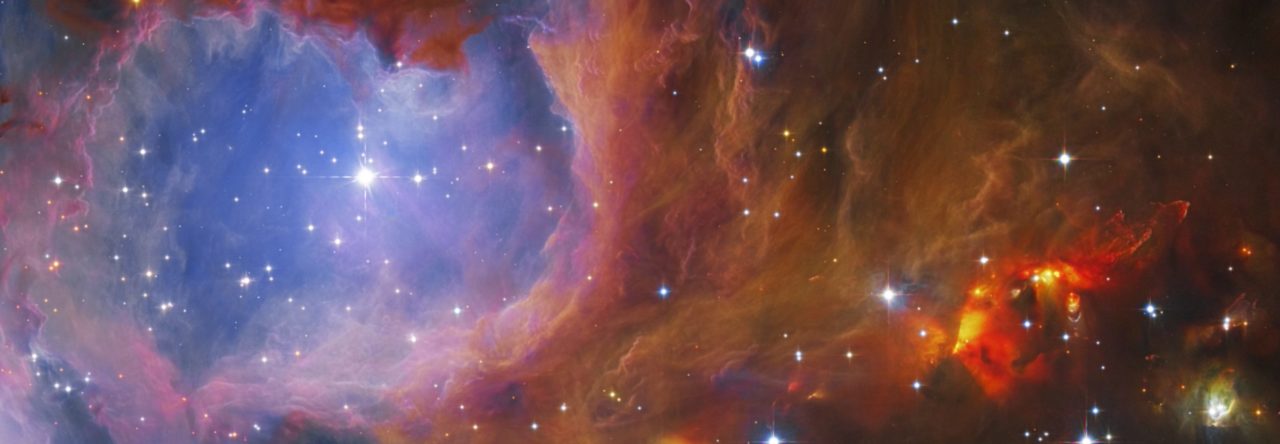Queens Of The Stone Age played Auckland’s Spark Arena last night, the latest stop on their The End Is Nero tour to promote latest album In Times New Roman, and it was clear the group are at the top of their game.
Taking the stage to a cover of Nat King Cole’s “Smile” (‘Smile though your heart is achin’ …’) the group didn’t say a word, instead driving an enthusiastic crowd wild by launching straight into hits “No One Knows” and “The Lost Art Of Keeping A Secret”.










